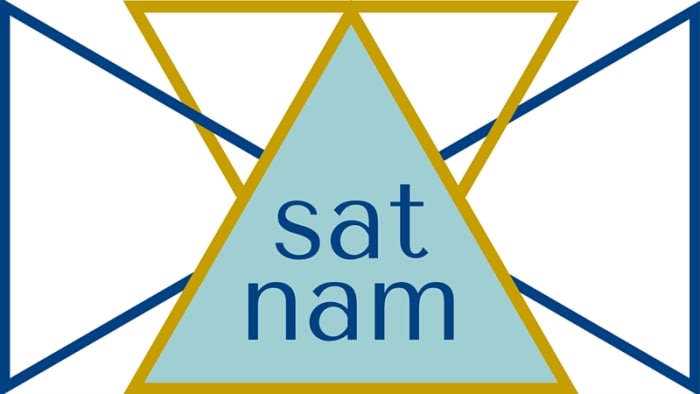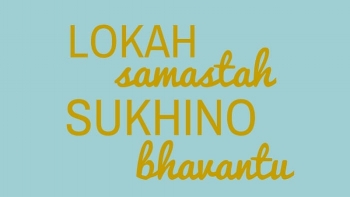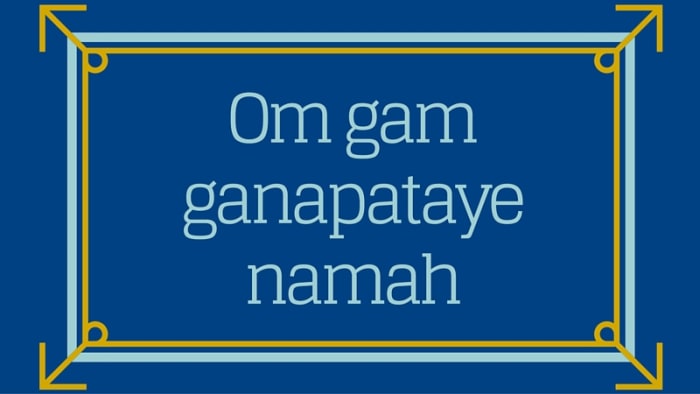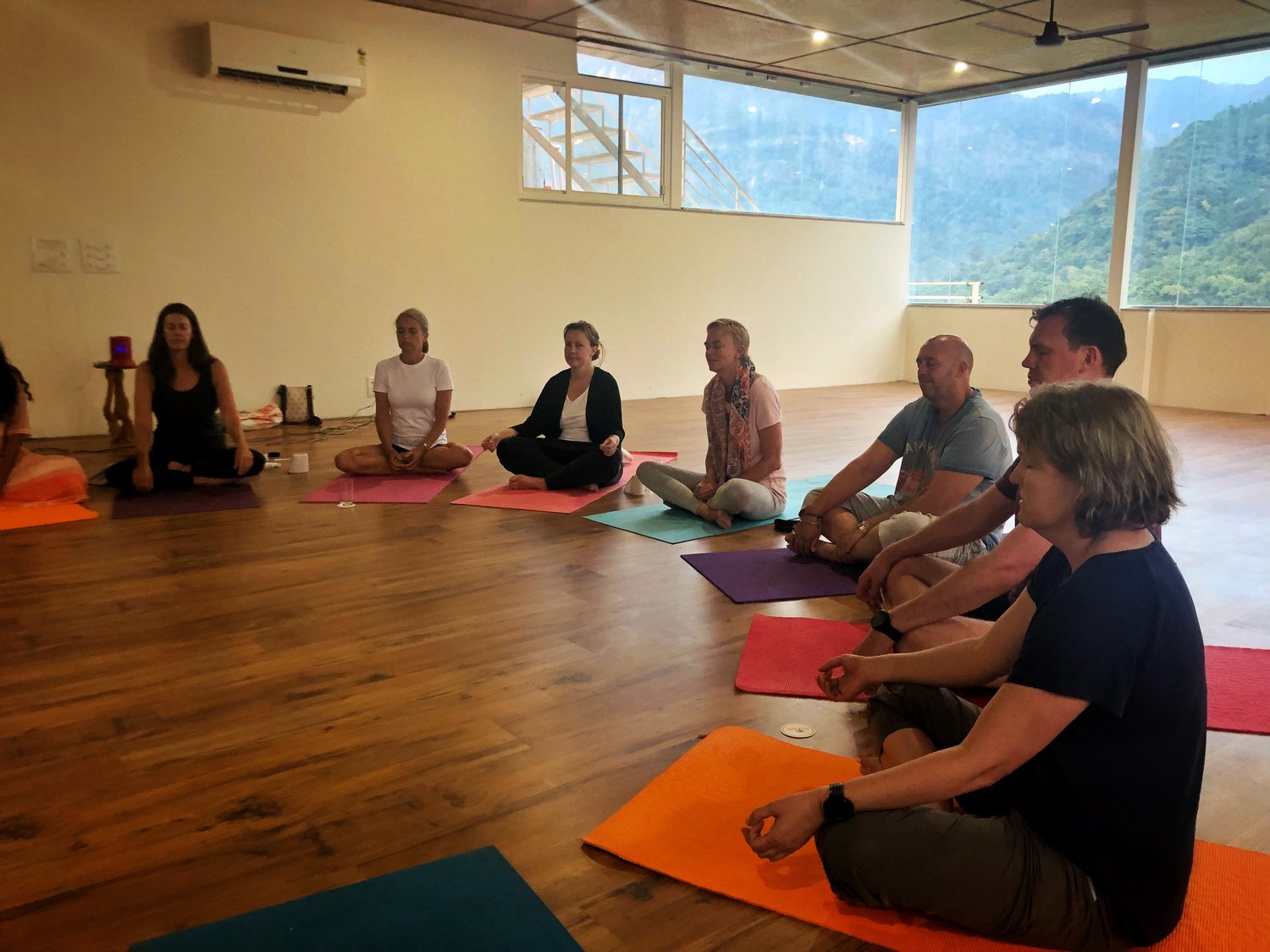Chant anywhere anytime
Mananaat traayate iti mantrah – That which uplifts by constant repetition is a Mantra
A “mantra” (/ˈmæntrə, ˈmɑːn-, ˈmʌn-/ (Sanskrit: मन्त्र) is a sacred utterance, a numinous sound, a syllable, word or phonemes, or group of words in Sanskrit believed by practitioners to have psychological and spiritual powers. Mantra meditation helps to induce an altered state of consciousness. A mantra may or may not have a syntactic structure or literal meaning.
The earliest mantras were composed in Vedic Sanskrit by Hindus in India, and are at least 3000 years old. Mantras now exist in various schools of Hinduism, Buddhism, Jainism, and Sikhism. Since the Vedas are impersonal and eternal, the exact historical date of the origin of Mantra chanting is hard to arrive at. For example, every Mantra in the Vedas, Upanishads and various religious traditions (sampradayas) within Hindu religion begin with Om or Aum – the primordial sound, the sound that is said to have its origins at the time of the creation of the cosmos – also referred to as the ‘Big Bang’.
Reading mantras in Sanskrit, the ancient language of India, can certainly be intimidating. (How exactly do you pronounce śāntiḥ again?) Gurmukhi, a sacred script used in Kundalini Yoga, is more straightforward than Sanskrit but can also sound like a mouthful, at first. The good news: you don’t have to memorize a sonnet-length mantra to achieve positive results. Even single-word mantras—like Om—can be pretty powerful.
A mental instrument
Think of a mantra as a mental instrument that fine-tunes your yoga practice. “Incorporating mantras into practice can help to make it sacred and take it out of the realm of the physical and into a higher state of awareness,” says Zoë Slatoff-Ponté, author of Yogavataranam: The Translation of Yoga.
Cultivating a sonic presence can be liberating in a way, as you experience the numinous nature of the sound. It is said that each chakra has a particular vibration and certain mantras can resonate and harmonize that energy. “A mantra is a much more complex concept than a mere chant,” adds Risha Lee, curator of Exhibitions at the Rubin Museum of Art in New York City. “It unites sound, body, and mind in a deeply philosophical experience.”








